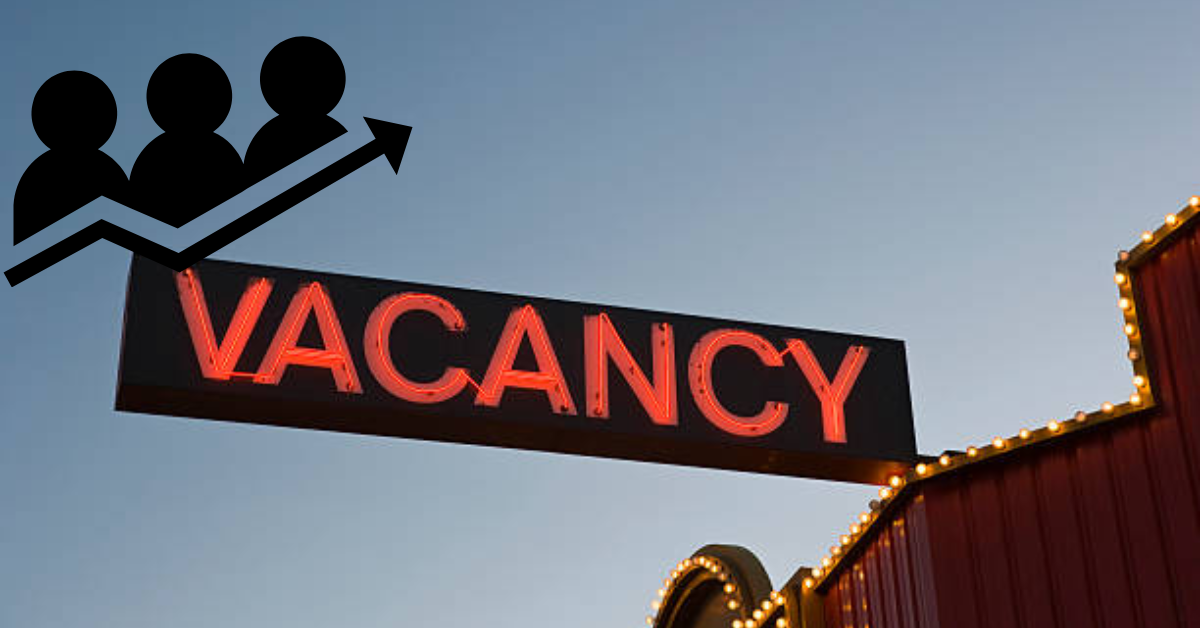World Leprosy Day 2024
World Leprosy Day is observed annually on the last Sunday of January. This year it falls on 28th January. This day aims to raise awareness about leprosy, a chronic infectious disease that primarily affects the skin, peripheral nerves, and eyes. The day promotes efforts to eliminate leprosy and address the stigma associated with it.
World Leprosy Day Theme 2024
The theme for World Leprosy Day 2024 is “Beat Leprosy”. This theme encapsulates the dual objectives of the day: to eradicate the stigma associated with leprosy and to promote the dignity of people affected by the disease.
What is Leprosy
Leprosy, also known as Hansen’s disease, is a chronic infectious disease that primarily affects the skin, peripheral nerves, and eyes. It is caused by a slow-growing bacterium called Mycobacterium leprae, which spreads through droplets from the nose and mouth of infected individuals.
Symptoms of Leprosy
The symptoms of leprosy can vary depending on the type of leprosy and the individual’s immune response. However, some common symptoms include:
- Skin lesions: Leprosy typically causes skin lesions that are pale or red and may feel numb or painless. The lesions may appear anywhere on the body, but they are most common on the face, arms, legs, and trunk.
- Nerve damage: Leprosy can damage peripheral nerves, leading to numbness, tingling, and weakness in the hands, feet, and face. This nerve damage can cause loss of sensation and muscle function, potentially resulting in disabilities.
- Eye problems: Leprosy can also affect the eyes, causing dryness, redness, and inflammation. In severe cases, it can lead to blindness.
Types of Leprosy
There are two main types of leprosy:
- Paucibacillary (PB) leprosy: This is the mildest form of leprosy, typically affecting one to five skin lesions and causing minimal nerve damage.
- Multibacillary (MB) leprosy: This is the more severe form of leprosy, often characterized by multiple skin lesions, widespread nerve damage, and potential eye problems.
Diagnosis and Treatment of Leprosy
Leprosy is diagnosed by a skin biopsy, in which a small sample of skin is examined under a microscope to detect the presence of M. leprae bacteria. Treatment for leprosy involves a combination of antibiotics, typically administered for six months to two years, depending on the severity of the disease. Early diagnosis and treatment are crucial to prevent disabilities and ensure timely recovery.
Prevention of Leprosy
While there is no vaccine to prevent leprosy, early detection and treatment of infected individuals can help prevent the spread of the disease. Additionally, maintaining good hygiene and avoiding close contact with untreated leprosy patients can reduce the risk of infection.
Impact of Leprosy
Leprosy has a long history, affecting individuals for centuries. Despite significant progress in the treatment and prevention of leprosy, the disease continues to pose a challenge in some parts of the world, particularly in areas with limited access to healthcare and sanitation.
History of World Leprosy Day
World Leprosy Day, observed annually on the last Sunday of January, has a rich history dating back to the early 20th century. The day aims to raise awareness about leprosy, a chronic infectious disease that primarily affects the skin, peripheral nerves, and eyes, and to promote efforts to eliminate leprosy and address the stigma associated with it.
The Birth of World Leprosy Day
The concept of World Leprosy Day emerged in 1954 when Raoul Follereau, a French journalist and philanthropist, initiated the “Don’t Forget Leprosy” campaign. Follereau, who had witnessed the suffering of leprosy patients during his travels, dedicated his life to raising awareness about the disease and advocating for their well-being.
In 1955, the first World Leprosy Day was celebrated on January 23rd, marking the beginning of an annual global event dedicated to leprosy awareness and action. The day was initially observed as a day of prayer for leprosy patients and a call for donations to support leprosy missions.
Evolution of World Leprosy Day
Over the years, World Leprosy Day has evolved from a day of prayer and fundraising to a more comprehensive global initiative. The day now focuses on raising awareness about leprosy’s causes, symptoms, and treatment options, dispelling myths and misconceptions surrounding the disease, and promoting early diagnosis and treatment to prevent disabilities.
In 1988, the World Health Organization (WHO) officially recognized World Leprosy Day, further solidifying its global significance. Since then, the day has played a crucial role in advocating for policies and programs aimed at eliminating leprosy and reducing its burden on affected individuals and communities.
Significance of World Leprosy Day
World Leprosy Day holds immense significance in the global fight against leprosy. It serves as a platform to:
- Raise Awareness: The day increases public understanding of leprosy, dispelling myths and misconceptions that contribute to stigma and discrimination.
- Combat Stigma: The day emphasizes the importance of ending the stigma associated with leprosy, promoting compassion, acceptance, and inclusion of people affected by leprosy.
- Promote Early Diagnosis and Treatment: The day encourages early detection and treatment of leprosy to prevent disabilities and ensure timely recovery.
- Advocating for Access to Care: The day advocates for equitable access to quality leprosy diagnosis, treatment, and rehabilitation services for all individuals affected by the disease.
Conclusion – World Leprosy Awareness Day 2024
World Leprosy Day has played a pivotal role in raising awareness about leprosy, combating stigma, and promoting early diagnosis and treatment. As we continue to strive for a world free from leprosy, World Leprosy Day serves as a reminder of the importance of compassion, inclusion, and equitable access to healthcare for all.
28th January 2024 Special Day
28th January carries health significance as we observe World Leprosy Day in 2024. Coinciding fittingly with the time of year when awareness needs amplification annually, this global commemoration confronts antiquated stigma surrounding the disease while calling for better access to treatment. The opportune timing provides a timely moment to reaffirm commitment towards early detection and proper care. As health organizations across nations unite on this particular 2024 date, the message resonates clearly – understanding leprosy is vital to eliminating it.
- IBPS PO Vacancy 2025 Out, 5208 Vacancies Released, Latest Update
- Effective Study Strategies for the PFRDA Grade A Statistics
- Antonyms for SSC CHSL, Attempt 40 Questions Practice Set & Know Tips
- SSC CHSL Court Clerk Vs Bank Clerk – Which Job is Better? Know Here
- SSC CHSL Vs Bank Clerk Exam, Which Is Easy To Crack? Check Details
- PFRDA Grade A Lifestyle in 2025, Their Growth and Benefits

Hello, I’m Aditi, the creative mind behind the words at Oliveboard. As a content writer specializing in state-level exams, my mission is to unravel the complexities of exam information, ensuring aspiring candidates find clarity and confidence. Having walked the path of an aspirant myself, I bring a unique perspective to my work, crafting accessible content on Exam Notifications, Admit Cards, and Results.
At Oliveboard, I play a crucial role in empowering candidates throughout their exam journey. My dedication lies in making the seemingly daunting process not only understandable but also rewarding. Join me as I break down barriers in exam preparation, providing timely insights and valuable resources. Let’s navigate the path to success together, one well-informed step at a time.






